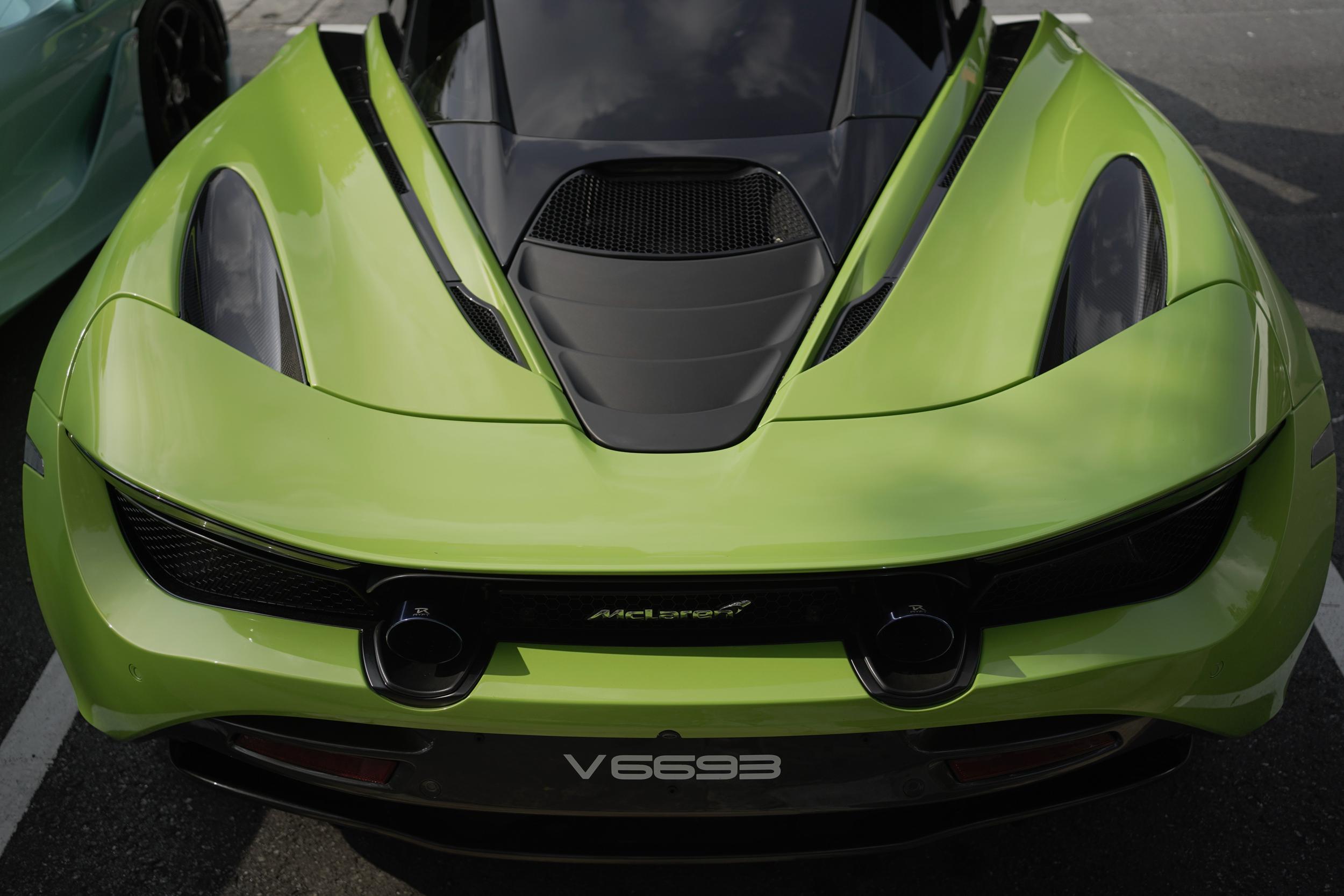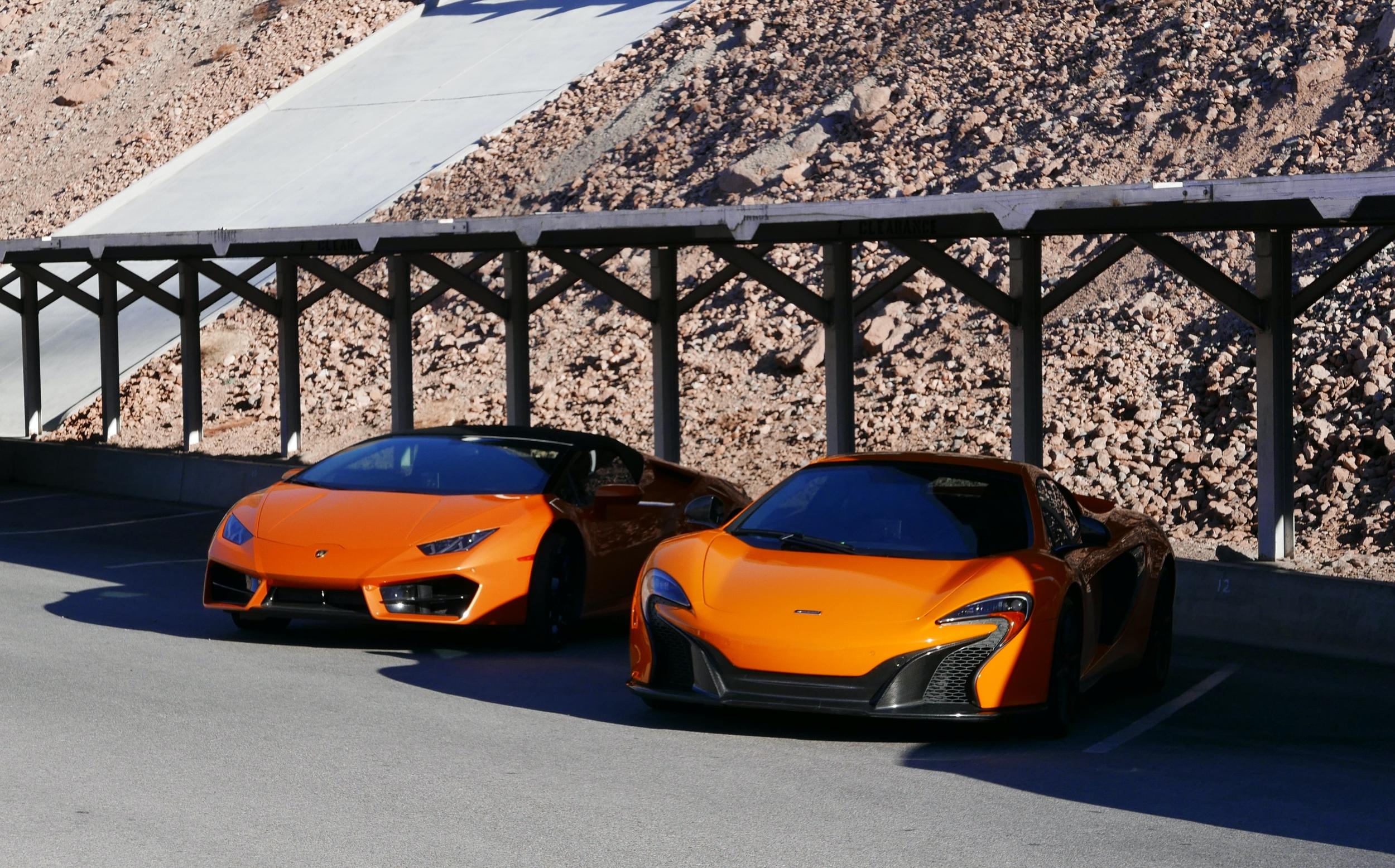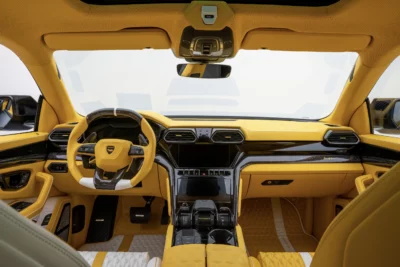In the landscape of high-performance supercars, few names spark as much interest as McLaren and Lamborghini. Both marques have a rich heritage in motorsport and have developed some of the most coveted road cars on the planet. They are often considered together, sometimes even interchangeably, by enthusiasts and laypeople alike. However, the similarities and differences between these two prestigious brands deserve a more nuanced exploration.
Is McLaren a Lamborghini?
At a superficial level, it’s easy to see how someone might confuse the two. McLaren and Lamborghini both produce high-end sports cars that are characterized by stunning design, remarkable performance, and cutting-edge technology. But despite the apparent similarities, they are entirely separate entities.
McLaren, based in the United Kingdom, has a strong background in Formula 1 racing and utilizes their extensive experience in aerodynamics and lightweight materials to create their cars. Lamborghini, on the other hand, is an Italian brand synonymous with bold design, powerful engines, and an unmatched flair for the theatrical.
Their philosophies are quite different as well. While McLaren tends to focus on precision, efficiency, and innovative engineering, Lamborghini is more concerned with passion, emotion, and an aggressive visual presence.

Who Owns McLaren?
Ownership plays a significant role in the direction and ethos of any car brand. McLaren is an independent company headquartered in Woking, Surrey, England. Though it has seen various financial partnerships and investors throughout its history, it remains relatively autonomous.
Lamborghini, on the other hand, is part of the larger Volkswagen Group and operates under its Audi subsidiary. This link to one of the world’s largest automotive conglomerates affords Lamborghini unique resources but also aligns it with a specific corporate strategy.
Is a McLaren Faster Than a Lamborghini?
Speed is a significant factor for many supercar buyers, but it’s essential to understand that performance comparisons are often more nuanced than simple headline figures.
In the battle of McLaren versus Lamborghini, models vary in terms of top speed, acceleration, and overall track performance. For instance, some McLarens might excel in agility and aerodynamics, translating to better lap times, while certain Lamborghinis could offer more raw power and straight-line speed.
To make a definitive judgment on speed, one must consider the particular models being compared, the criteria for evaluation (e.g., track performance, acceleration, top speed), and how each car aligns with the individual preferences and requirements of the driver.
Lamborghini
| Model | Top Speed |
|---|---|
| Aventador SVJ | 217 mph (350 km/h) |
| Huracán Performante | 202 mph (325 km/h) |
| Urus | 190 mph (306 km/h) |
| Sian FKP 37 | 217 mph (350 km/h) |
| Huracán EVO | 202 mph (325 km/h) |
McLaren
| Model | Top Speed |
|---|---|
| P1 | 217 mph (349 km/h) |
| 720S | 212 mph (341 km/h) |
| Senna | 208 mph (335 km/h) |
| 600LT | 204 mph (328 km/h) |
| GT | 203 mph (327 km/h) |
Conclusion
Though often mentioned in the same breath, McLaren and Lamborghini are two distinct brands with unique histories, philosophies, and attributes. Comparing them is not as simple as looking at one or two characteristics; rather, it requires a comprehensive understanding of what each manufacturer offers and how that aligns with consumer needs and desires.
For those looking to invest in a high-performance vehicle, considerations must extend beyond simple metrics like speed. Factors such as driving dynamics, design, brand heritage, and ownership structure play a critical role in shaping the overall ownership experience.
In the ever-evolving world of supercars, McLaren and Lamborghini continue to push the boundaries of what is possible, each in their unique way. Their continuous commitment to innovation and excellence serves not only to fuel the dreams of enthusiasts but also to drive the industry forward, setting new benchmarks for performance, design, and technology.



